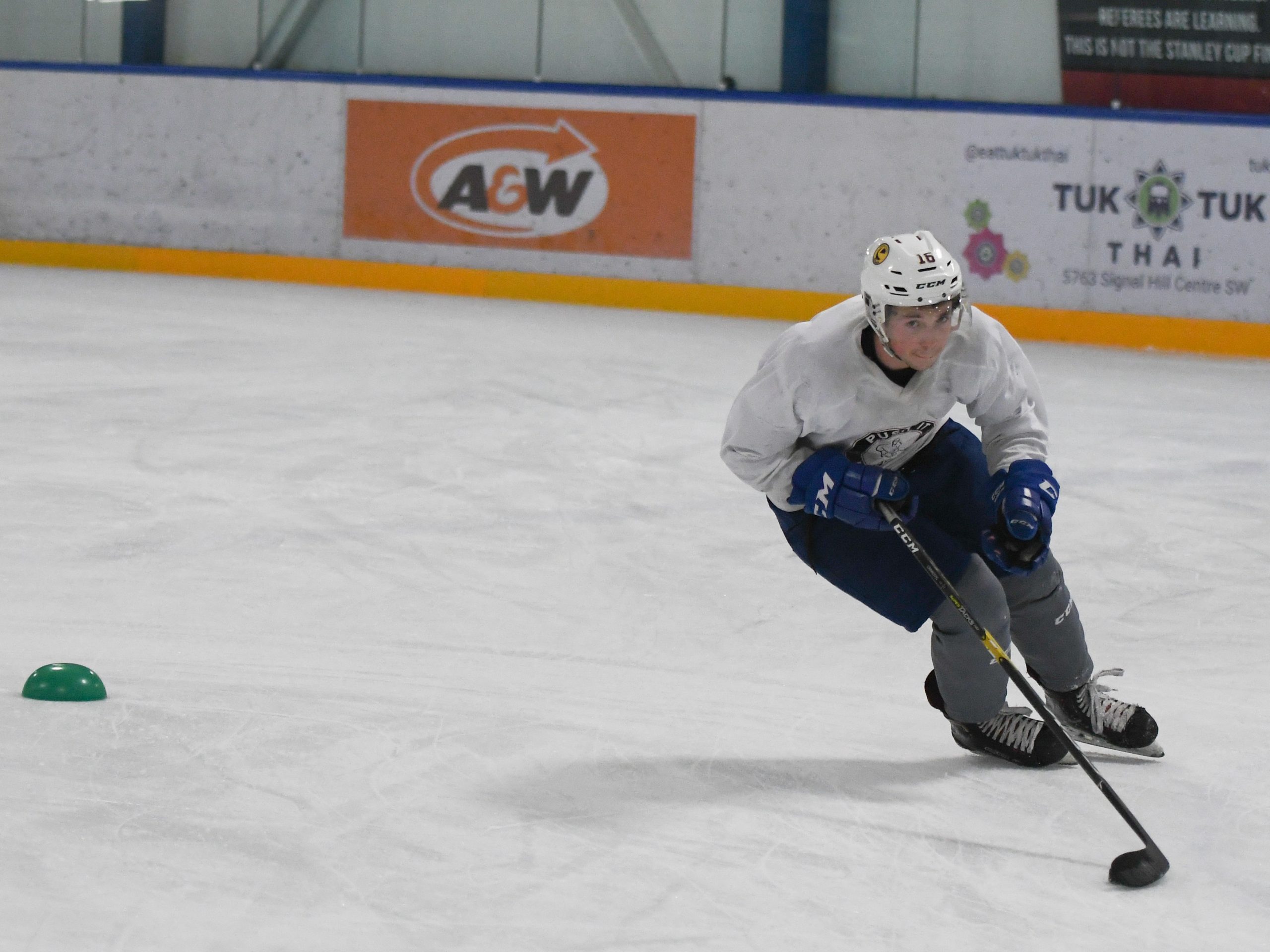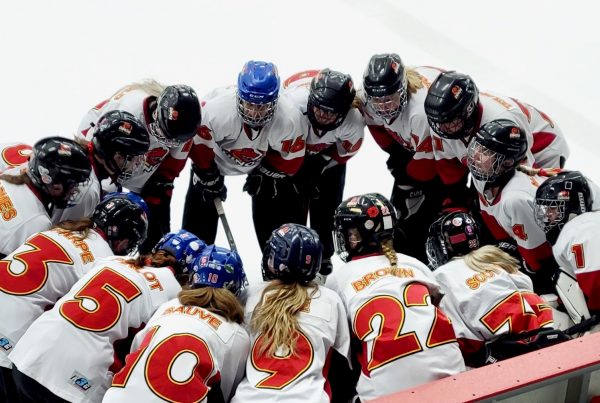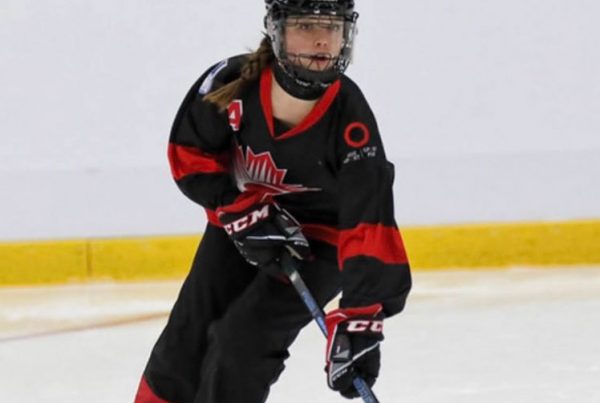
Skating coaches often talk about quickness being your first gear and speed being your second, third, fourth and fifth gears.
Most players can develop good skating technique at slow to medium speeds, but the challenge is to develop efficient good technique at full speeds. In order to overcome this challenge there are many physical parameters that have to be met.
It should be noted that ALL PLAYERS can improve and develop their speed.
Table 6.1 in Peter Twist’s book Complete Conditioning for Ice Hockey outlines the 10 Requisites to High Speed Skating.
Component |
Importance to Speed |
|
1. Technique |
Critical to skating efficiency. |
|
2. Strength |
To fight through hooks and checks, deep knee bend to provide longer stride, deep knee bend to handle high-speed cornering. |
|
3. Power |
To push off and power through a long, full stride. |
|
4. Quickness |
For stride frequency. |
| 5. Agility |
To suddenly change direction to evade an opponent. |
|
6. Flexibility |
For stride length and technique, fluidity. |
|
7. Anaerobic energy supply |
To fuel short bursts and delay fatigue. |
|
8. Aerobic energy supply |
To recover quicker for more high speed activity. |
|
9. Body composition |
Low body fat facilitates relative strength and efficient movement. |
| 10. Neuromuscular | To increase your ability to activate muscles at a very high rate. |
Improving speed on the ice involves improving skating technique, including posture and body positioning, maximizing the use of your edges, staying low with a deep knee bend and ankle bend, working on stride power, stride length, and stride frequency. These are all things that we work on and train hard during our camps throughout the year.






